General Construction Principles
Family Production Unit (FPU) and Scenic Streets Within Large Diameter Tunnel
See the link “Northeastern Siberian Plateau Project” for more details.

This Tunnel Boring Machine (TBM) (pictured above) has a cutterhead diameter of 17.4 meters in diameter.
It is our plan to make a tunnel that is wide enough in diameter so that the lower-half can house an complete “double-wide” FPU, while having the upper half of the diameter to be used for constructing a street view. This street view can be made to look exactly like a beautiful street in a Mediterranean location complete with cobblestones and sandstone surfaces and skylights installed in the ceiling (made with “Recreated Sunlight” technology) providing a beautiful street view with recreated sunlight in the ceiling and quaint shops along the sides of the street that runs down the center.
Competed Tunnel Lined with Concrete Panels

Above, a completed tunnel as created by the 17.4 meter diameter TBM, which also installs the concrete panels on the sides of the tunnel.
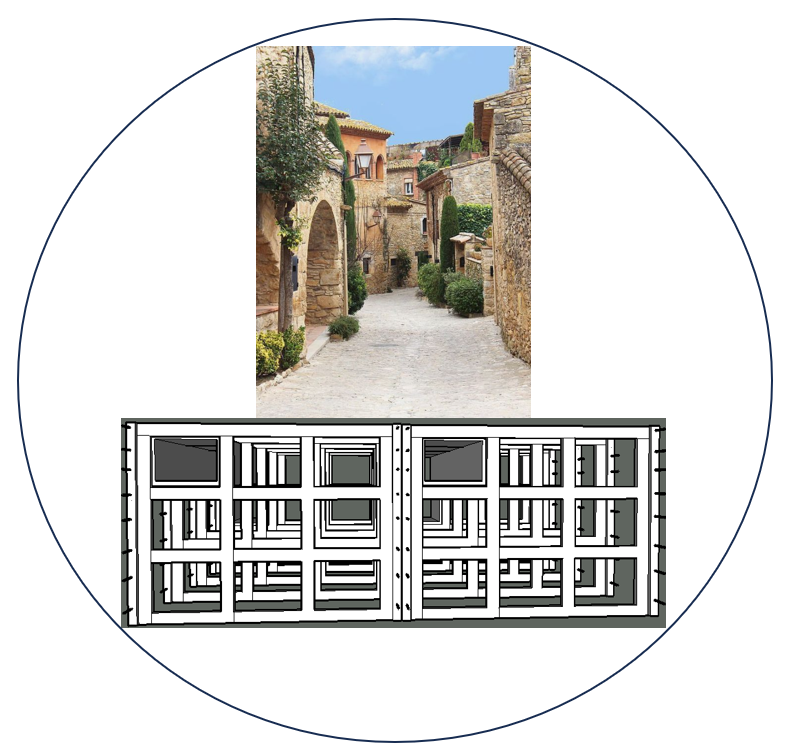
The image above is not to scale but only serves as a simple illustration representing how a double-wide FPU can be installed in the lower-half of the tunnel while a picturesque street view can be created within the top half of the tunnel structure. This recreated environment gives our people a sunny “Mediterranean-type” “avenue as a beautiful place for strolling among quaint shops with the entire street is bathed in warm “recreated” sunshine.
Again, see the video link “Recreated Sunlight” for more details.
This spaces behind the shops and around the FPU will be utilized for a plumbing, electrical, and communications infrastructure. We will also install a robotic delivery system to move cargo and products and goods past the backside of the shops. This will enable shop owners to order whatever they need with “instant delivery” without having to store many products within their stores. The shops will serve only for product display while the goods will be delivered instantly by an advanced robotic system as customers place their orders.
Plumbing and Wiring and Product Delivery
The living quarters within the FPU system will also have automated delivery of products as needed so that homeowners can receive delivery of anything they need without leaving home. The street view area however gives people a place for walking and shopping and offers coffee shops and entertainment and other retail shops for “outside-the-home” leisure.
Family Production Unit (FPU) with Plant Growth Tunnels
There is a food production system that will grow food all-year round. Thus the FPU can produce food to feed the family and provide a continual income from food product sales.

Above shows a concrete panel with nine ports to hold plant growth tunnels. These tunnels will house an automated system that contains hanging racks to hold plant growth trays. Air from the human living quarters will be circulated through the plant growth tunnels so that the plants will convert the carbon dioxide expelled by humans into oxygen, which will be circulated back to the human living quarters. So the plant growth tunnels will provide food and oxygen needed by humans.
See the link “Automated Living System” for more details.
Double-Wide Family Production Unit (FPU)

Pictured above is a “double-wide” FPU with round ends used to circulate air through the plant growth tunnels. The open space in the center will have human living quarters on the top level and food processing on the second level and livestock production on the bottom level. The carbon dioxide produced by humans and livestock will be circulated through the plant grown tunnels where it is used by plants to convert into oxygen.
Again, see the link “Automated Living System” for more details.
Energy Fields
See the link “Northeastern Siberian Plateau Project” for more details.
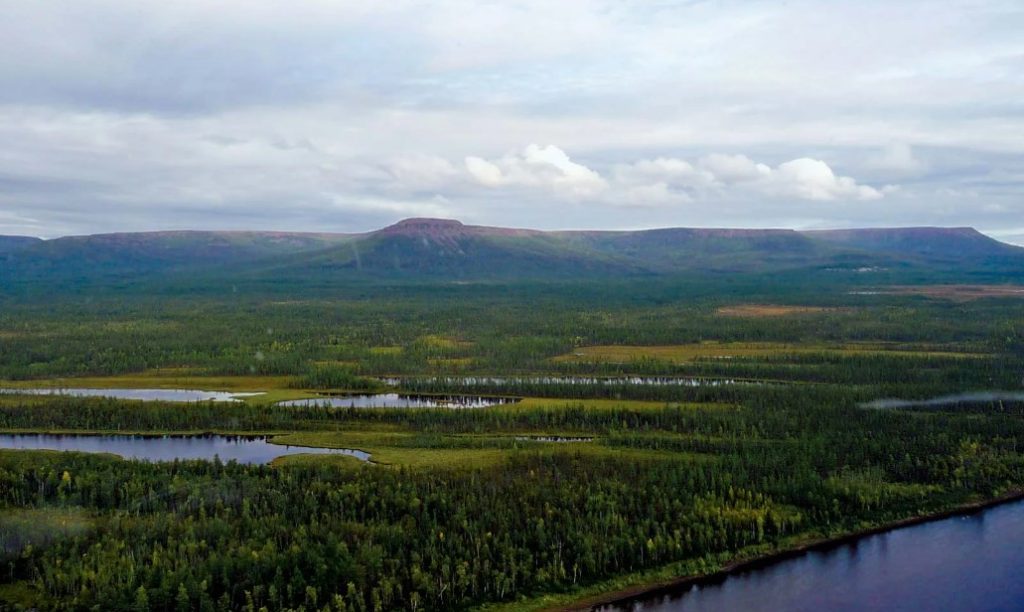
The image above shows some of the numerous lakes situated on the plane that spreads out before the plateau.
The image below shows just how numerous these lakes really are.
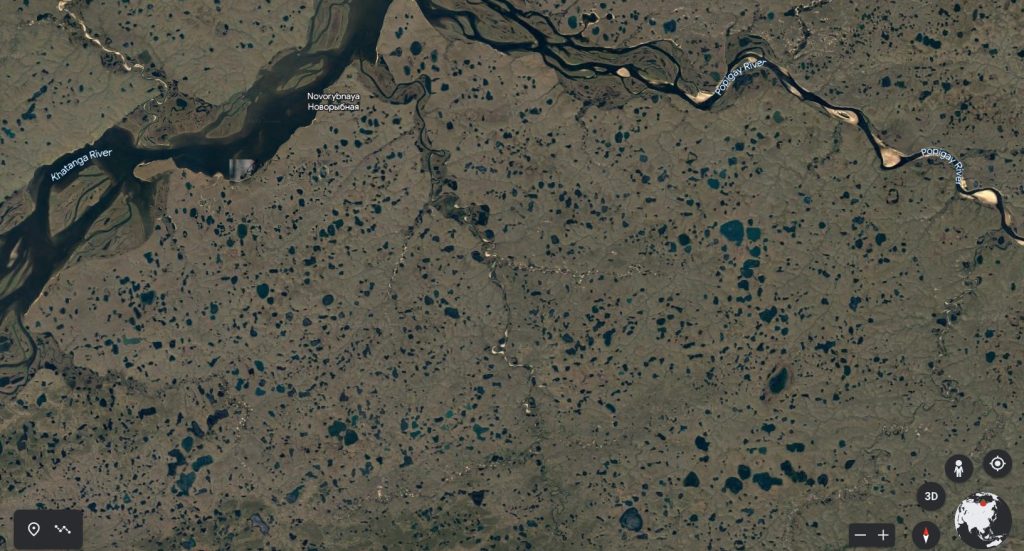

This pipe trailer holds ten sections of PVC pipe. If these pipes are 20-feet long each then the total length would equal 200-feet of pipe (if they are all fitted together in one vertical line).
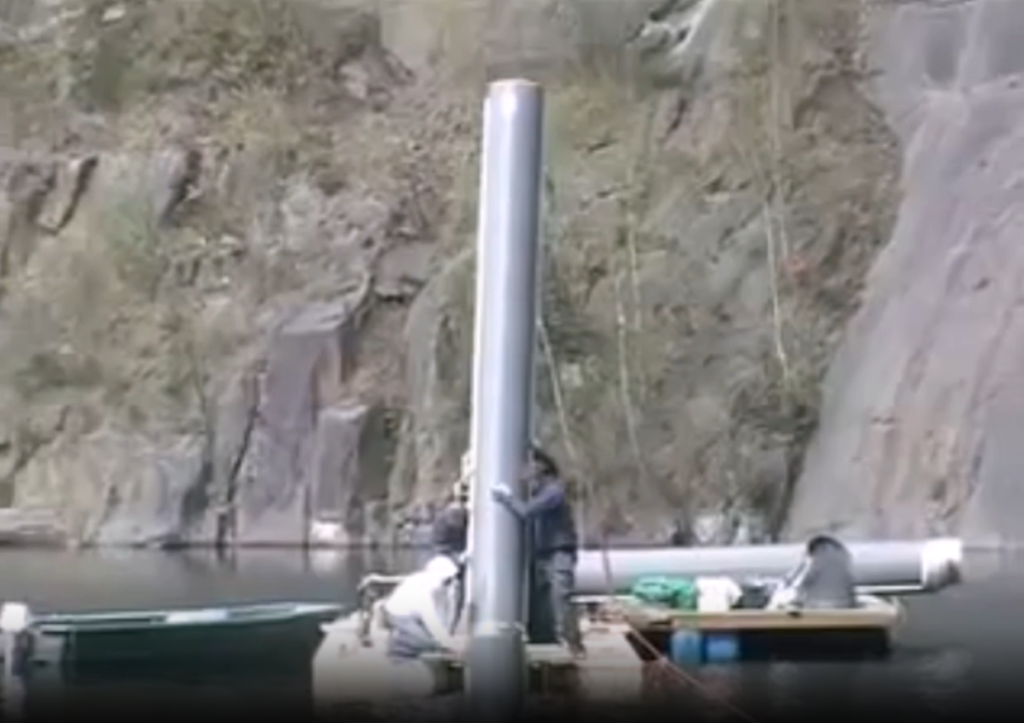
The video above shows them connecting these 10-sections of 20-foot pipe together and suspending them into a deep lake in Belgium. At 200-feet deep the bottom of the pipe is suspended within high pressure water. When compressed air is introduced into the bottom of this pipe then it causes a water-flow from high pressure to low pressure thus forcing the water to the top of the pipe. This water flow can be used to generate hydroelectric energy when they place a vertical shaft with propellers inside of the vertical pipe which are rotated by the upward flow of water. The rotating shaft can then turn a turbine for power generation.
Again see the video link “Belgium Pipe” for more details.

Again, if the lakes seen above do not reach the needed depth of 200-feet (to produce high pressure at the lower levels needed to cause a water flow up the pipe) then we could drill a deep hole in the center of the lake that is a bit wider in diameter than the PVC pipe we are using. Thus the shallow lake would provide a “water-reservoir” to keep the pipe casing filled with water while it is under operation. This water flow up the pipe is then used for turning turbines to generate hydroelectric energy.

Above is a outer pipe casing that serves as a cistern while the inner pipe can operate for water flow up used for turning hydroelectric generators. If the lake is too shallow to reach the needed 200-feet deep, then we can drill in a casing with a vertical pipe inside of it as pictured above. Thus we could produce the needed “deep pressure” to make this system work while utilizing a shallow lake as a needed water reservoir to keep the cistern full.
See the link ”Water Lift System” for more details.
Again, these are only some “General Principles” for our young men to consider to that they can adapt to any situation they might find at our location in Siberia.
No Freeze Hydroelectric Power Generation System
Another situation to consider is the freezing temperatures of wintertime in Siberia that can reach -40 Celsius. If our hydroelectric system freezes then it will become inoperable. However, the production of energy can also provide the opportunity to install heating elements within the “Belgium Pipe” to keep the water temperature above freezing even during the cold winter months in Siberia.
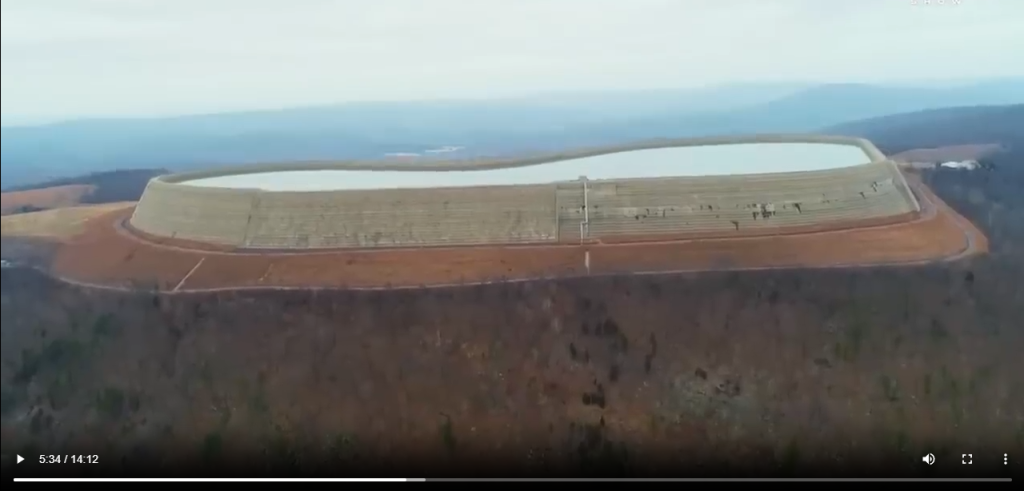
Above is an image of a large “Pump-Storage Hydroelectric Plant” called Taum Sauk in Missouri, USA. This hilltop reservoir can produce 1,020 megawatts of electric energy. Water is pumped back to the elevated reservoir using electric energy during off-peak hours. Suppose for example, if 85% of this power is used for residential and industrial applications then they would still have 15% remaining for pumping water back up to the reservoir during off-peak hours. The principle here is that if you have a “net-gain” of energy then the system is still functional and useful.
See the video link “Amazing Hydroelectric Technologies” for more details
Theory of Net Gain Production
Using this principle of “Net Gain Production” it is possible that we can utilize some of the produced energy to operate heating elements within our “Belgium Pipe” to keep the system from freezing during harsh Siberian winters. If (for example) our “Belgium Pipe” energy generation utilized 15% of the energy (to run heating elements) in wintertime, then we would still have 85% of the energy available for residential and industrial applications. Possibly the percentage of power needed for operating heating elements could be even lower because these elements are only required keep the water temperature just above freezing. The constant circulation of water within the “Belgium Pipe” also hinders water from freezing because moving water is less likely to freeze than standing water does. This is the same principle is utilized when people turn on their facets during subzero temperatures so that their waterlines do not freeze within their houses. Therefore with flowing water from the “Belgium Pipe” possibly the energy used within for heating elements to keep the water from freezing might be a small percentage of the total energy generated by this system. As long as their is a majority “net gain” of the energy generation system then it will still be productive even during the severe cold of the winter months of Siberian climate.
Combining Different Systems
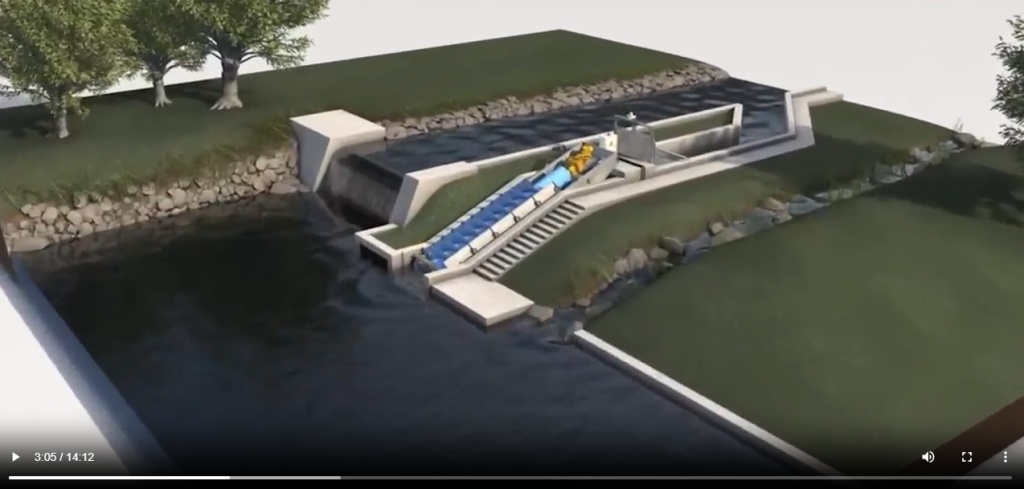
There are many existing hydroelectric generating systems that can be utilized and adapted and even “combined” to fulfill our objectives. Above is a “Hydro-Power Screw-Pump” which can generate hydroelectric current from only a water drop of 1-meter. This enables us to position these “screw-pumps” around the perimeter of the vertical “Belgium Pipe” so that the water expelled from the “Belgium Pipe” at the end of its cycle will then flow down these “screw-pumps” generating even more electrical power (before the energy generation cycle is repeated).
Again, see the video link “Amazing Hydroelectric Technologies” for more details.
See the following links:
